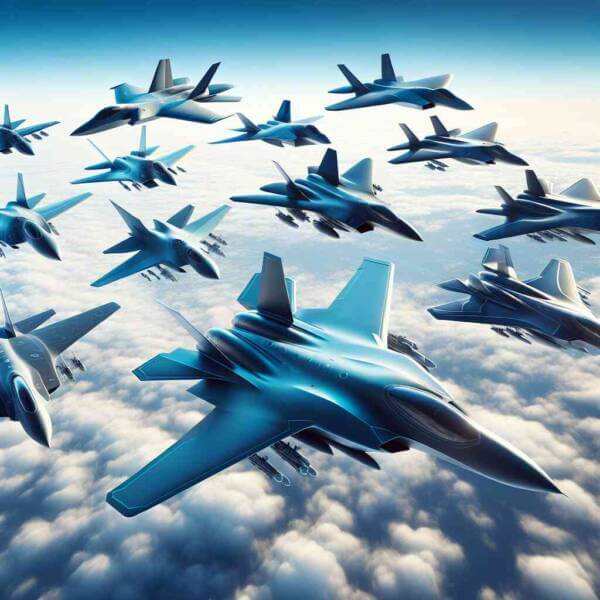Aerospace and Defense: An Overview
Aerospace and Defense: An Overview
Blog Article

Covering everything from aircraft and satellites to military systems and cybersecurity, this sector pushes boundaries of our world.
As global challenges evolve, the need for stronger defense mechanisms and cutting-edge aerospace innovations becomes more critical.
Overview of Aerospace and Defense
Aerospace involves the design, manufacturing, and operation of civilian and military flight vehicles.
Fields covered by aerospace and defense:
- Building jets, drones, and helicopters
- Space exploration technologies
- Missile defense systems
- Preventing cyber threats to national security
The combination of aerospace technology and defense systems advances both military and civilian capabilities.
Why Aerospace and Defense Matter
Without strong aerospace and defense systems, critical infrastructure would be at risk.
Key reasons aerospace and defense are important:
- Defending against threats
- Economic impact
- Pioneering new technologies
- Space exploration
Every day, aerospace and defense technologies enable communication and transportation advances.
Current Trends in Aerospace and Defense
The aerospace and defense industry is constantly advancing with new technologies and strategies.
Trends reshaping aerospace and defense:
- Artificial intelligence and automation
- Creating next-generation missiles
- Space commercialization
- Protecting military assets from cyberattacks
These trends set the direction for future aerospace and defense strategies.
Obstacles and Risks
Despite its strengths, the aerospace and defense sector faces complex risks.
Key challenges include:
- Expensive research and manufacturing
- Regulatory pressures
- Geopolitical tensions
- Keeping up with fast innovation
Overcoming these challenges is mandatory for long-term success and security in the global market.
Opportunities for Growth
While challenges exist, there are also huge growth prospects for aerospace and defense companies.
Future opportunities:
- Space tourism and exploration
- Autonomous defense technology
- Digital protection strategies
- Reducing the carbon footprint of flight
Businesses that embrace innovation will lead the next era of aerospace and defense.
Conclusion
As technology evolves, so too will the ways we push the limits of science and security.
By understanding current trends, recognizing challenges, and seizing opportunities, aerospace and defense companies can lead the next wave of innovation.
The future of aerospace and defense is promising — and website it’s only just beginning. Report this page